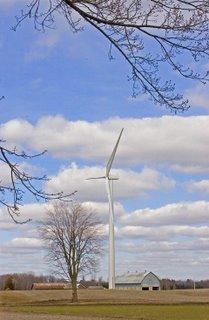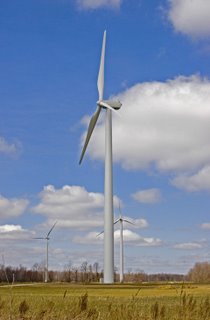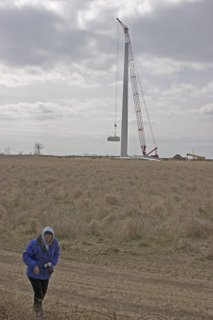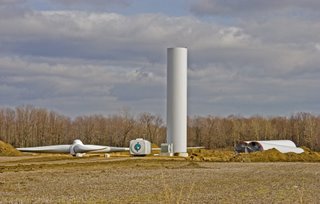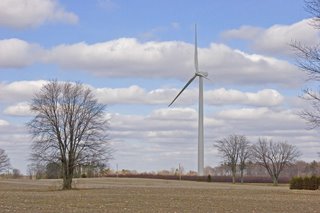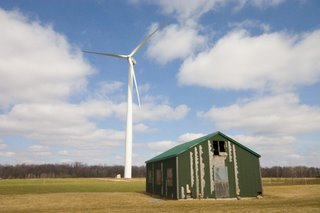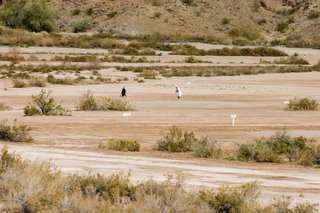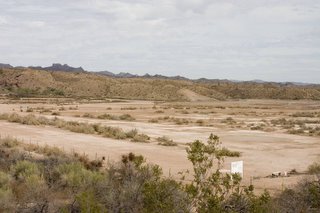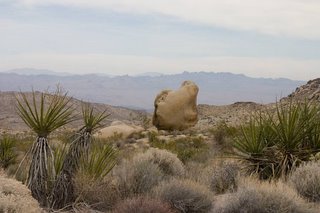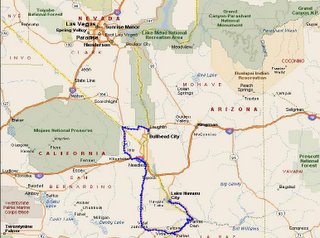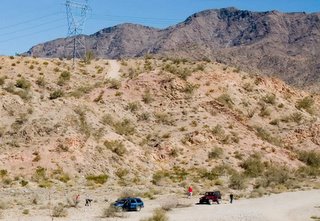The incredible forces of Mother Nature have always intrigued me. Consider this for a minute:
Yesterday, we had a rain storm across Norfolk County. It was the usual scenario, one that has been playing itself out for thousands or years and will continue to do so for at least the foreseeable future, climate change notwithstanding.
It had been a warm day, up to a maximum of 21 C. It rained moderately for a couple of hours just before a cold front swept through, dropping the temperature behind it to 10 C. According to the Environment Canada website, 12 mm of rain fell at Delhi, just down the road. No big deal, it happens all the time.
Where things get interesting is when you start looking at the numbers. The area of Norfolk County is 1,609.95 square kilometres, about 2.5 times that of the City of Toronto at 661 square kilometres. Assuming that the rain fell evenly across Norfolk County, we do the calculation for the total volume of rain in cubic metres as follows:
1,609.95 x 1,000 x 1,000 x .012 = 19,283,400 cubic freakin' metres!
Yes, that is right, more than 19 million cubic meters. If one were to lay these end-to-end, the wall of water, 1 metre high and 1 metre wide, would reach halfway around the world, before it would run out.
Now, let's take this one step further. That water just didn't happen to get there on its own. It had to evaporate from the ocean to get here. In yesterday's case, it most likely came from the Gulf of Mexico. OK, it takes 600 calories to evaporate 1 gram of water, so that's 600,000 calories for 1 litre or 600,000,000 (600 million) for 1 cubic metre.
This is where it gets really handy to have the Command Window of Visual FoxPro handy, as the numbers get so large, it's easy to lose track. (Even handier to have the _CLIPTEXT system variable available). To evaporate all that water
19,283,400 x 600,000,000 = 11,570,040,000,000,000 calories are needed
Sorry, but I don't know how to pronounce that number. Nevertheless, we carry on. We convert this number to Joules. By the way, 1 Joule is about the equivalent to the amount of energy you expend when you lift a small apple 1 metre off the ground.
11,570,040,000,000,000 calories = 48,409,047,360,000,010 Joules
Now, although a beautiful unit of the metric system in its own right, the Joule is exceedingly meaningless to most people. So let's try kW (kilowatt-hour)
48,409,047,360,000,010 Joules = 13,447,065,175 kW/hr or roughly 13.5 million Megawatt/hr
To put this into perspective, the Nanticoke Power generation station on Lake Erie generates 4,000 Megawatt/hr. It would have to run 3,361 hours (that's about 20 weeks) at full bore to generate that amount of power.
Yet another way:
48,409,047,360,000,010 Joules = 45,891,776,897,279 BTU/hr
An average house furnace is about 100,000 BTU/hr, so it would take 458,917,768 (that's 458 million) house furnaces burning solid for 1 hour to evaporate the water involved.
And I'm only talking Norfolk County!
Furthermore, I haven't even talked about the energy involved to transport the water vapor 2,000 km from the Gulf of Mexico to Norfolk County.
Some useful formulas:
1 calorie = 4.18400 joules
1 Joule = 2.7778×10−7 kilowatt-hour (or otherwise 0.00000027778 kilowatt-hour)
1 Joule = 9.48×10−4 BTU (or otherwise 0.000948 BTU)
 Google has done it again. On March 14, they bought up a small startup software company called @Last Software. This company produced Sketchup, a 3D modelling tool and sold it for $495.00 per copy. On April 26, Google released it to the world...for free. I should say that you can still buy a professional version of Sketchup, but for the average Jill or Joe, the free version should do nicely.
Google has done it again. On March 14, they bought up a small startup software company called @Last Software. This company produced Sketchup, a 3D modelling tool and sold it for $495.00 per copy. On April 26, Google released it to the world...for free. I should say that you can still buy a professional version of Sketchup, but for the average Jill or Joe, the free version should do nicely. We're planning an addition to the house to be built sometime this year. Basically, a 1 room extension, dimensions 14' x 20' (or 4.6m x 6.5m). So I got started, drawing this in Sketchup, just to get an idea what it might look like.
We're planning an addition to the house to be built sometime this year. Basically, a 1 room extension, dimensions 14' x 20' (or 4.6m x 6.5m). So I got started, drawing this in Sketchup, just to get an idea what it might look like.




















